
"Go Outside and Play"!
Those 4 words were often the instructions I got when I was young. And, apparently, I was not the only one who was told to come inside when the street lights came on. Or so I learned from Bill Sells and Tom Cove on March 4th, when they opened the Sports and Fitness Industry Association (SFIA) National Health Through Fitness Day, in partnership with the American College of Sports Medicine (ACSM).
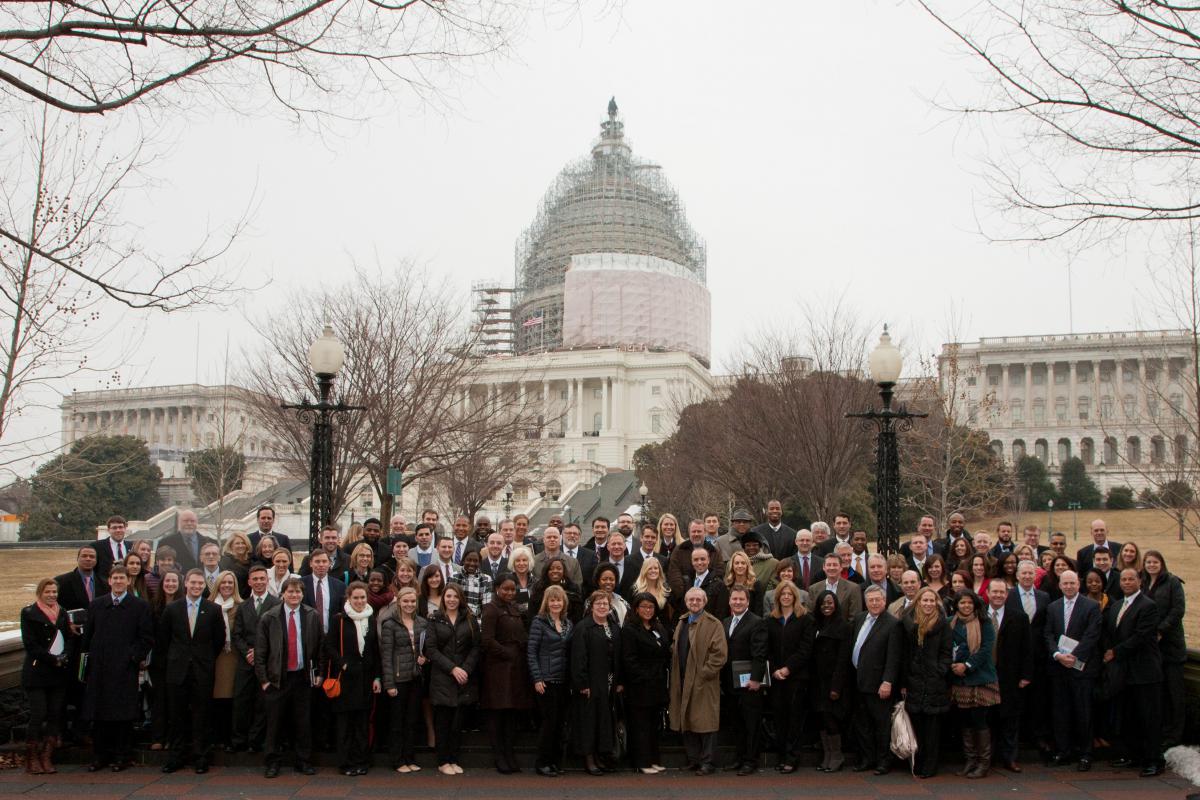
2015 is the 3rd year that ACSM’s Health and Science Policy committee has joined hands with SFIA to advocate bipartisan support on Capitol Hill for 3 important bills to fund physical activity.
- The Personal Health Investment Today (PHIT) Act – H.R. 1218, co-sponsored by Representatives Charles Boustany, LA, and Ron Kind, WI – is a bill that has previously had bipartisan support. It would expand the kinds of purchases that can paid for with pre-tax Health Spending Account (HSA) funds, which can be used to pay for medical expenses that are not covered by insurance. The PHIT Act would direct the Internal Revenue Service to include physical activity as preventive health care, allowing pre-tax HSA dollars to be used for health club memberships, personal trainers, recreational activities, dedicated recreational equipment, exercise classes and sports fees. This would lower personal financial barriers to healthy living, would help keep hard-earned dollars in taxpayer pockets, and would support businesses that help Americans be active.
- The Carol M. White Physical Education Program (PEP) bill, would an ongoing program to provide competitive grants to schools that help pay for physical education (PE). Over the last 15 years, PEP has provided almost $1B in competitive grants to schools and community-based programs to provide and expand high-quality PE to schools from grades K-12. These funds have been used to provide equipment and to train teachers and staff in support of PE. The PEP bill helps maintain high-quality physical education through highly competitive grants that have historically been awarded to only 10% of applicant schools.
- The Physical Activity Recommendations (PAR) Act would provide HHS with direction and funds to update the Physical Activity Guidelines for Americans every 10 years. These funds would be used to provide a scientific review panel with research on exercise, which would be summarized in a recommendation to the Secretary of Health and Human Services. When the current recommendations, published in 2008, were created, the scientific review panel chaired by my mentor and friend, Dr. William L. Haskell, reviewed over 14,000 manuscripts!
To pursue these goals, SFIA convenes sports and fitness industry leaders and star athletes with ACSM members including sports medicine physicians, nutritionists and exercise scientists to convey these important messages to members of Congress. SFIA and ACSM provide advocacy that links good public health and exercise science with sustainable public-private partnerships designed to promote physical activity for health and well-being.
I was in a group with Cleveland Browns running back Terrance West (@Terrancewest_28), native of Baltimore and alumnus of Towson State, who met with Minority Whip Steny Hoyer of Maryland.
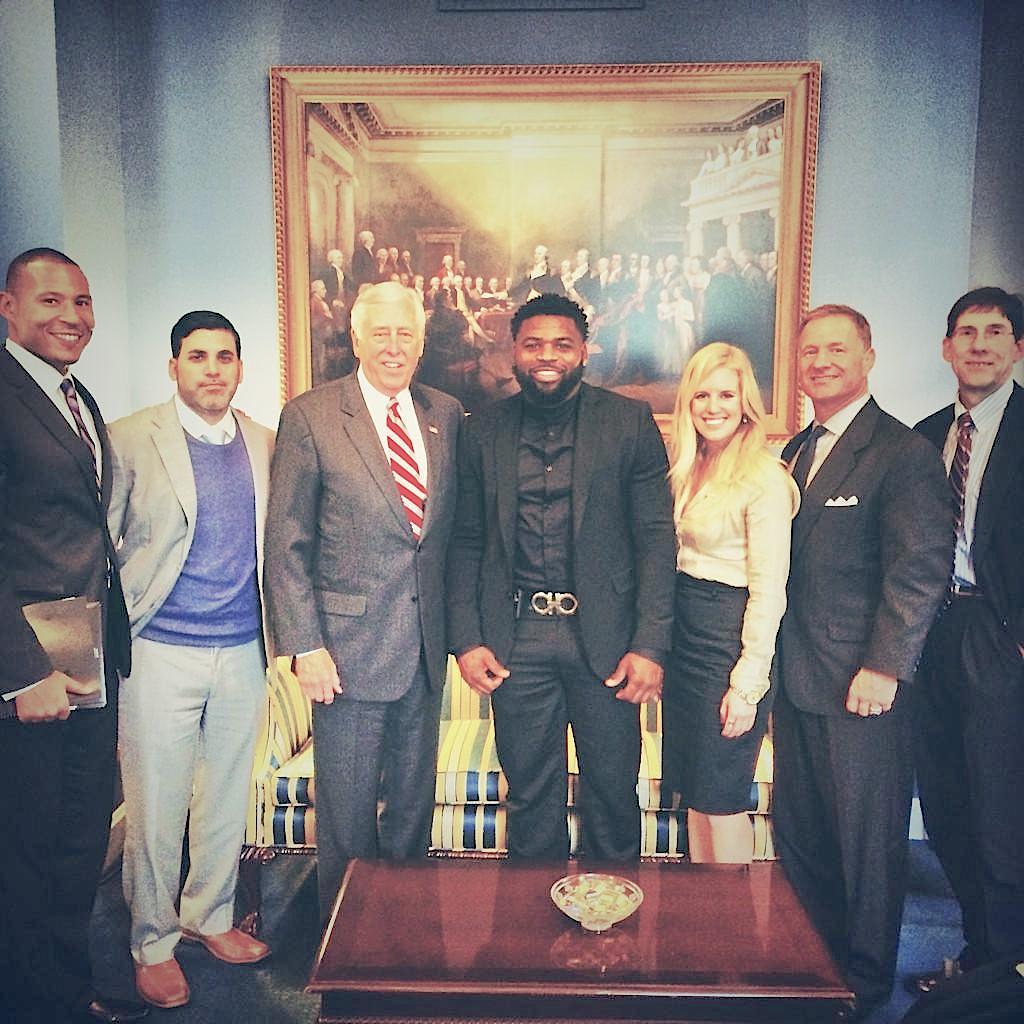
In addition to Congressman Hoyer, we met with Representatives Bill Johnson (Ohio 6th district), Bob Latta (Ohio 5th district) and Marcia Fudge (Ohio 11th district). Late in the day, I teamed up with Esther Lofgren (@EstherLofgren), a Harvard alum and 2012 Olympic Gold Medalist in rowing, to meet with staffers for Marcy Kaptur (Ohio 9th district) and David Joyce (Ohio 14th district). We had excellent, productive and positive discussions with all.
Herschel Walker
Members of Congress really do like to meet the athletes, which helps us engage in productive meetings. The star athlete who always dances into everyone’s heart is Herschel Walker, shown below with Senator Pat Roberts of Kansas. Herschel was given a special award of appreciation for his long history of advocacy on behalf of SFIA.
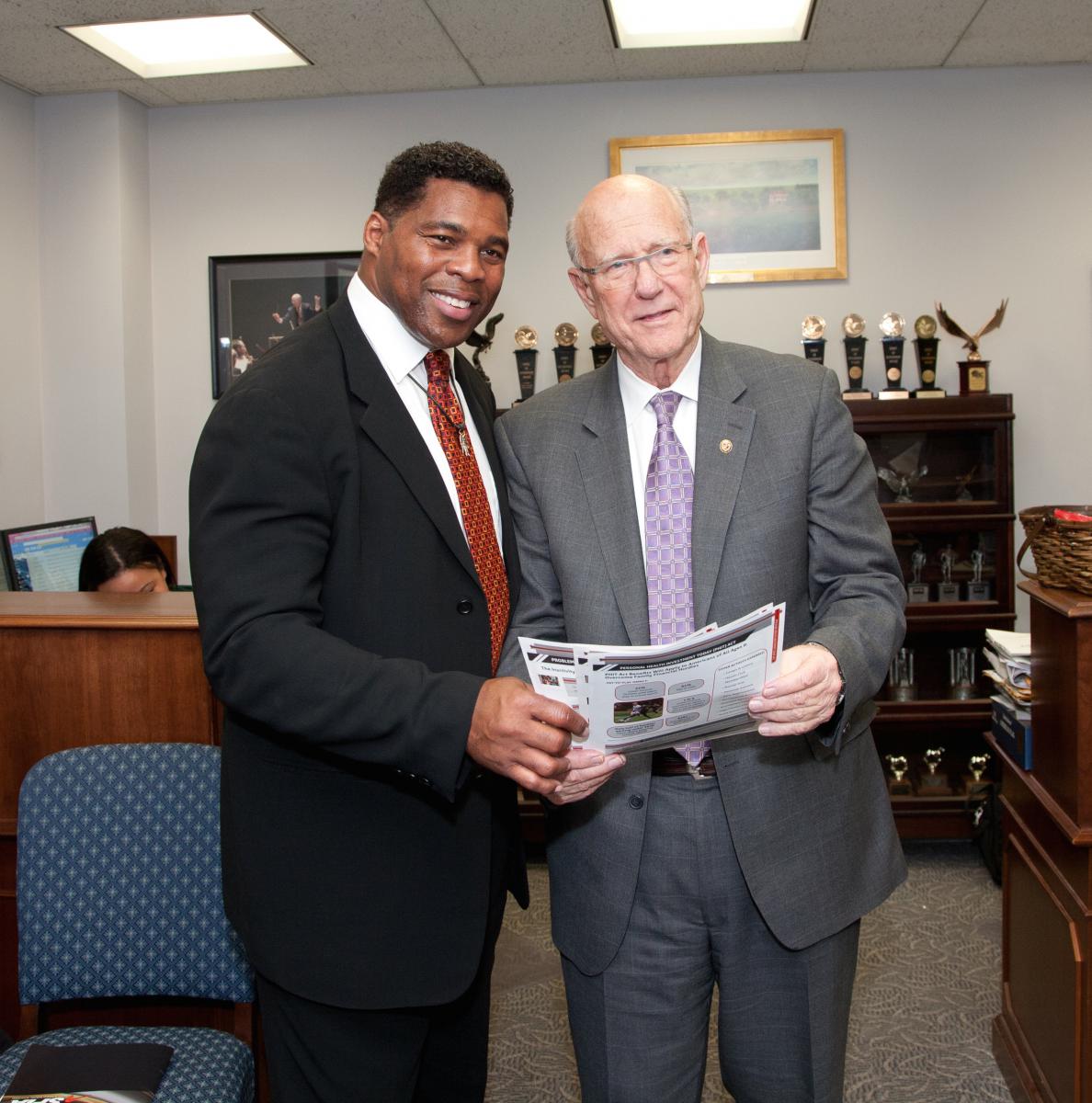
My group was fortunate enough to be at the SPARK demonstration when Herschel had all the kid’s eyes truly sparkling (click on link to Twitter site and scroll down to March 4, 2015). Herschel lifts up a key goal of National Health Through Fitness Day, which is preventing childhood obesity and keeping the next generation from enduring chronic conditions associated with physical inactivity.
Exercise As A Great Health Care Buy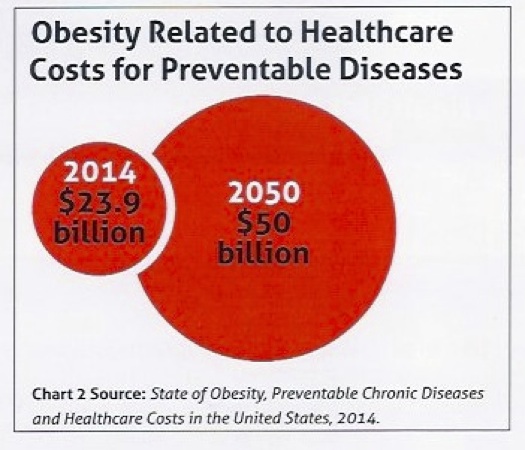 The Congressional Budget Office estimates that the 10-year cost of the PHIT bill would be $2.5B. If one includes the $3.20 that the World Health Organization estimates is saved for every $1 spent on physical activity, Americans would actually save $5.5B over 10 years!!
The Congressional Budget Office estimates that the 10-year cost of the PHIT bill would be $2.5B. If one includes the $3.20 that the World Health Organization estimates is saved for every $1 spent on physical activity, Americans would actually save $5.5B over 10 years!!
With chronic conditions related to obesity costing over $529B annually, can we not allocate just 0.1% of that sum to combat those conditions by investing in physical activity?
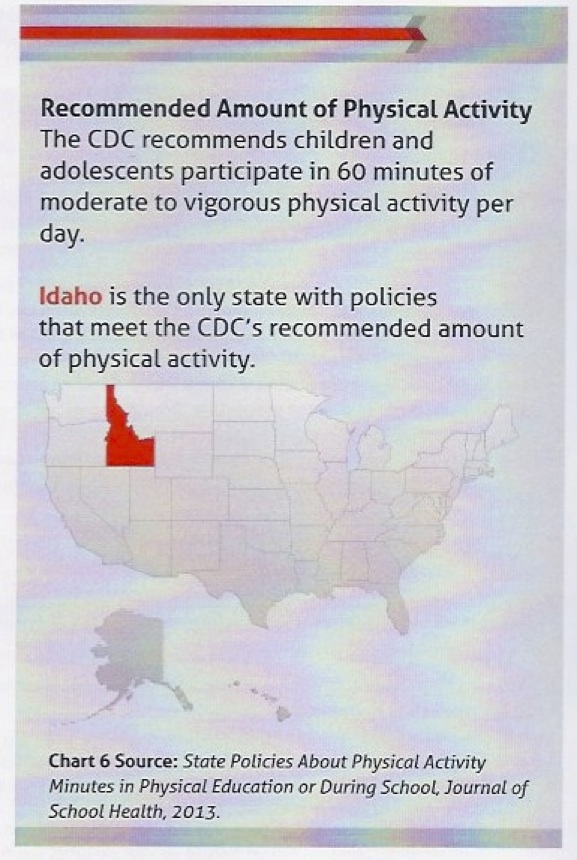 President Obama has included funding for PEP in his proposed budget, but cut the total funding from $74.4M in 2014 to just $47M in 2015. The problem is that, nationwide, the average school budget for PE is less than $1000 (just $764 per school, when it was last assessed in 2003). But it gets worse. Sadly, Idaho is the only state in the Union with policies that meet the CDC and HHS Physical Activity Guidelines for children and adolescents.
President Obama has included funding for PEP in his proposed budget, but cut the total funding from $74.4M in 2014 to just $47M in 2015. The problem is that, nationwide, the average school budget for PE is less than $1000 (just $764 per school, when it was last assessed in 2003). But it gets worse. Sadly, Idaho is the only state in the Union with policies that meet the CDC and HHS Physical Activity Guidelines for children and adolescents.
PEP funds are expected to be awarded only 125 schools in the U.S.A., so it is clear that PEP isn’t anywhere close to enough funding. Congress needs YOU to help them understand that investing in PE is not just about exercise. More and more data shows that active kids do better scholastically, proving that the benefits of regular exercise don’t stop on the athletic field.
The cost of the PAR Act would be $0.5M once a decade – a mere $50,000 a year – to review the science and update guidelines on the recommended amount of physical activity for all Americans. 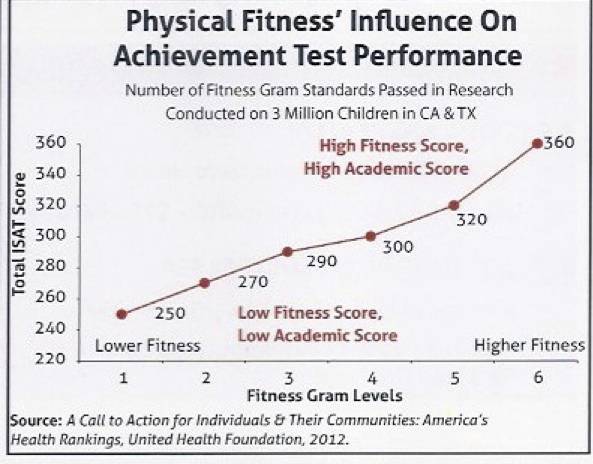 The current 2008 guidelines are quite inadequate, as they are directed only at healthy Americans. People with chronic health conditions were not part of the recommendations. But as our society ages and develops obesity-related conditions, we need better advice for individuals who have chronic health conditions.
The current 2008 guidelines are quite inadequate, as they are directed only at healthy Americans. People with chronic health conditions were not part of the recommendations. But as our society ages and develops obesity-related conditions, we need better advice for individuals who have chronic health conditions.
It will take several more decades before we have good scientific understanding of how to advise all Americans on how to preserve their physical functioning and independence as they age and develop chronic health conditions.
Support These Bills
America needs YOU to support physical activity in your community. Write or email your Senator and Representative, asking them to support H.R. 1218, to increase the PEP funding in the Obama administration’s proposed budget, and for updating the U.S. Physical Activity Guidelines once every decade.
To contact your Senators, click here.
To contact your Representative, click here.
Acknowledgments
Thanks to SFIA, ACSM and Jessica Wahl for photos and materials.
References
World Health Organization. 2003. Health & development through physical activity & sports report. Geneva. http://www.who.int/iris/handle/10665/67796#sthash.xKtRihrF.dpuf
Bipartisan Policy Center. 2012. Lots to Lose: how America’s health & obesity crisis threatens our economic future. http://bipartisanpolicy.org/library/lots-lose-how-americas-health-and-ob...
JA Carlson, JF Sallis, JF Chriqui, L Schneider, LC McDermid, P Agron. 2013. State policies about physical activity minutes in physical education or during school. J School Health; 83(3):150–156. DOI: 10.1111/josh.12010
- GE Moore MD's blog
- Log in to post comments
- Follow our Blog
